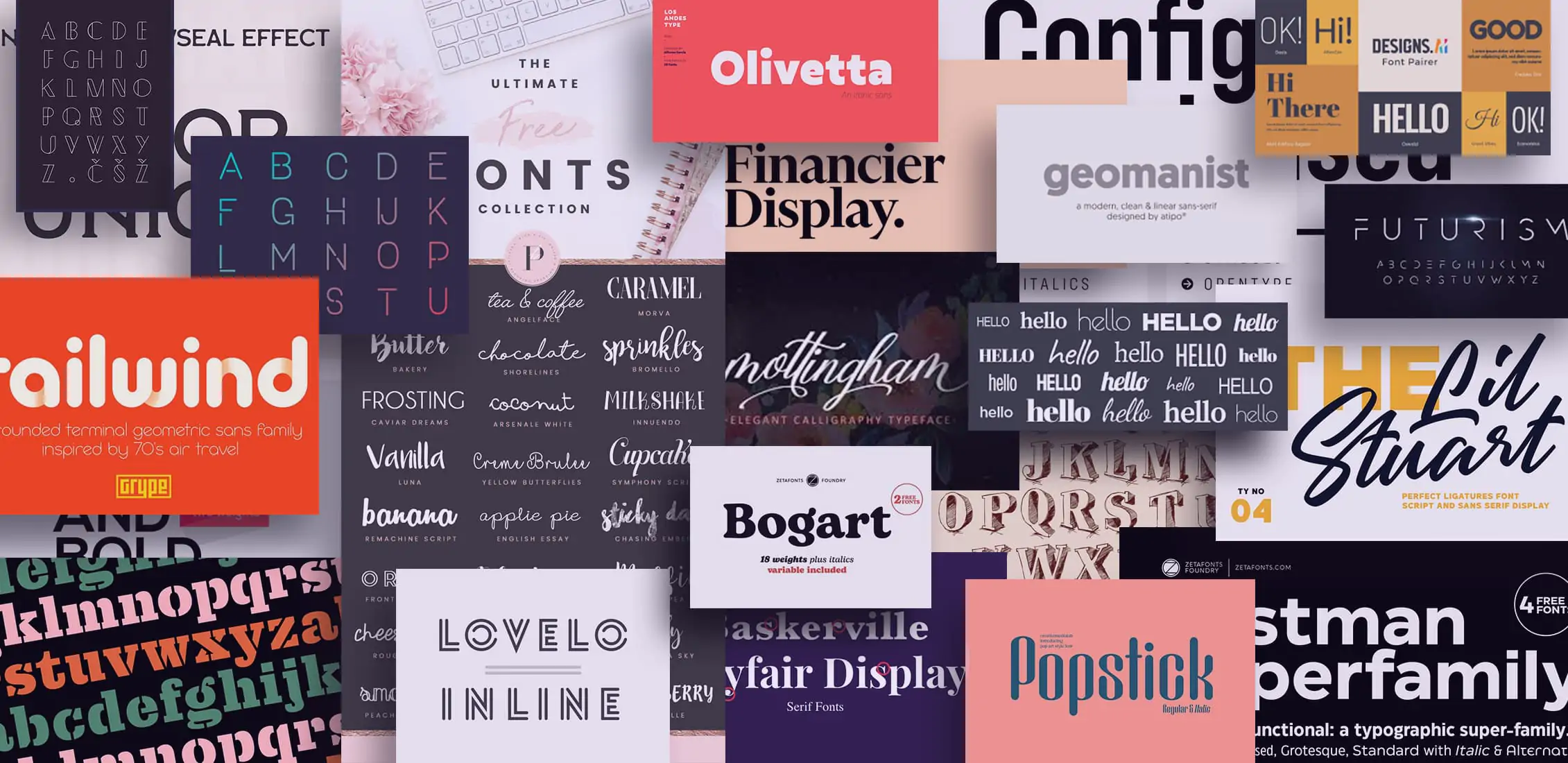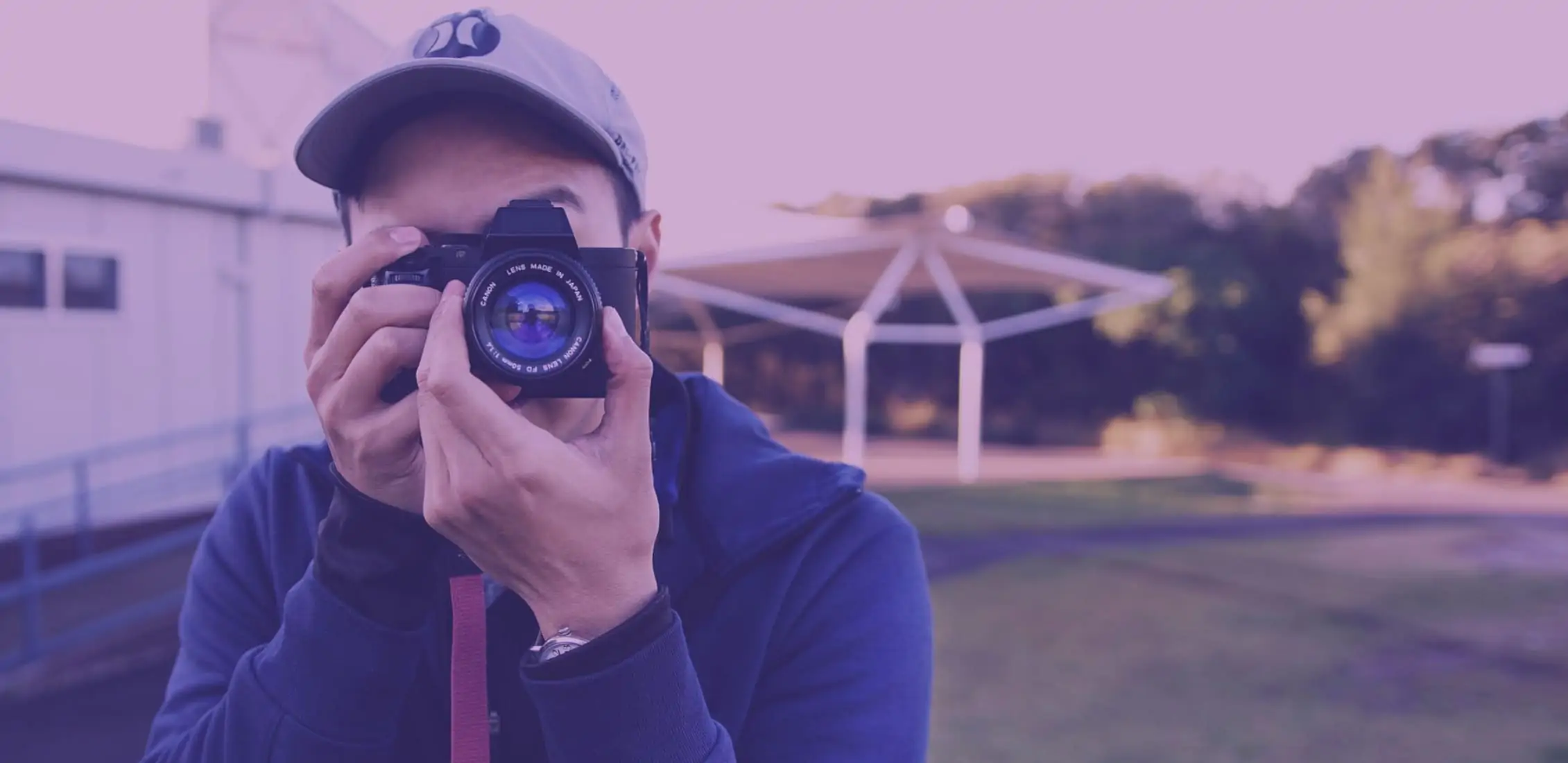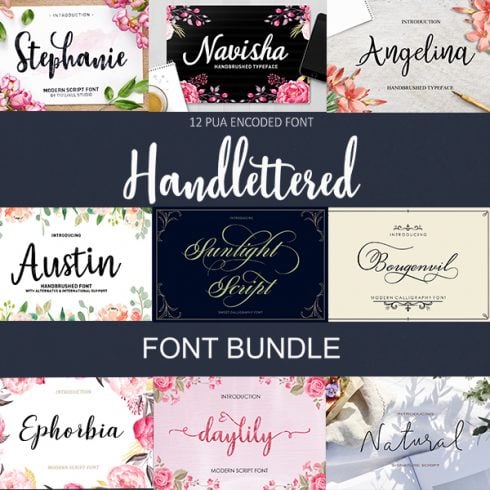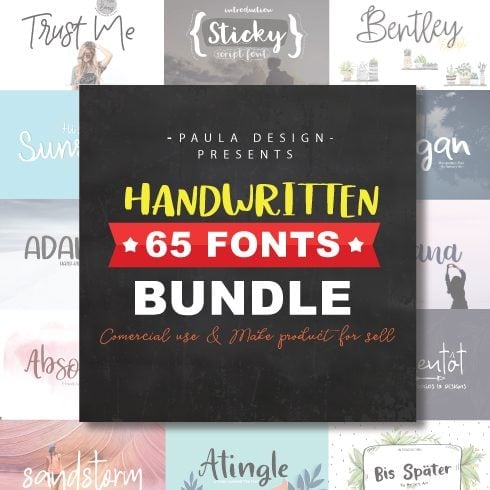Ten Famous Intellectual Property Disputes
No one said it better than Pablo Picasso: “Good artists borrow, great artists steal”. Artists and designers take inspiration from the work of others, this is a simple truth. Sometimes inspiration goes too far and it becomes copyright infringement. Where do we draw the line?
Chuckie wasn’t the only problematic doll…
Carter Bryant is the man behind Bratz Dolls, produced by MGA Entertainment. Launched in 2001, Bratz dolls were pretty successful at the beginning of the new millennium. The only problem was that they looked an awful lot like Barbies!
This didn’t sit well with Mattel, which accused Bryant, who was a former employee, of having violated their employee agreement. This stated that any intellectual property created by Bryant was Mattel’s.
In 2008 a jury ruled in Mattel’s favor, awarding it $100 million. It also gave Mattel rights over Bratz dolls. The ruling was overturned the following year and MGA was awarded $300 million because the court admitted they should have recognized the work done by MGA on the original idea. In 2011 MGA ultimately emerged as the winner, gaining and keeping rights over Bratz. Read all about this case here and here.
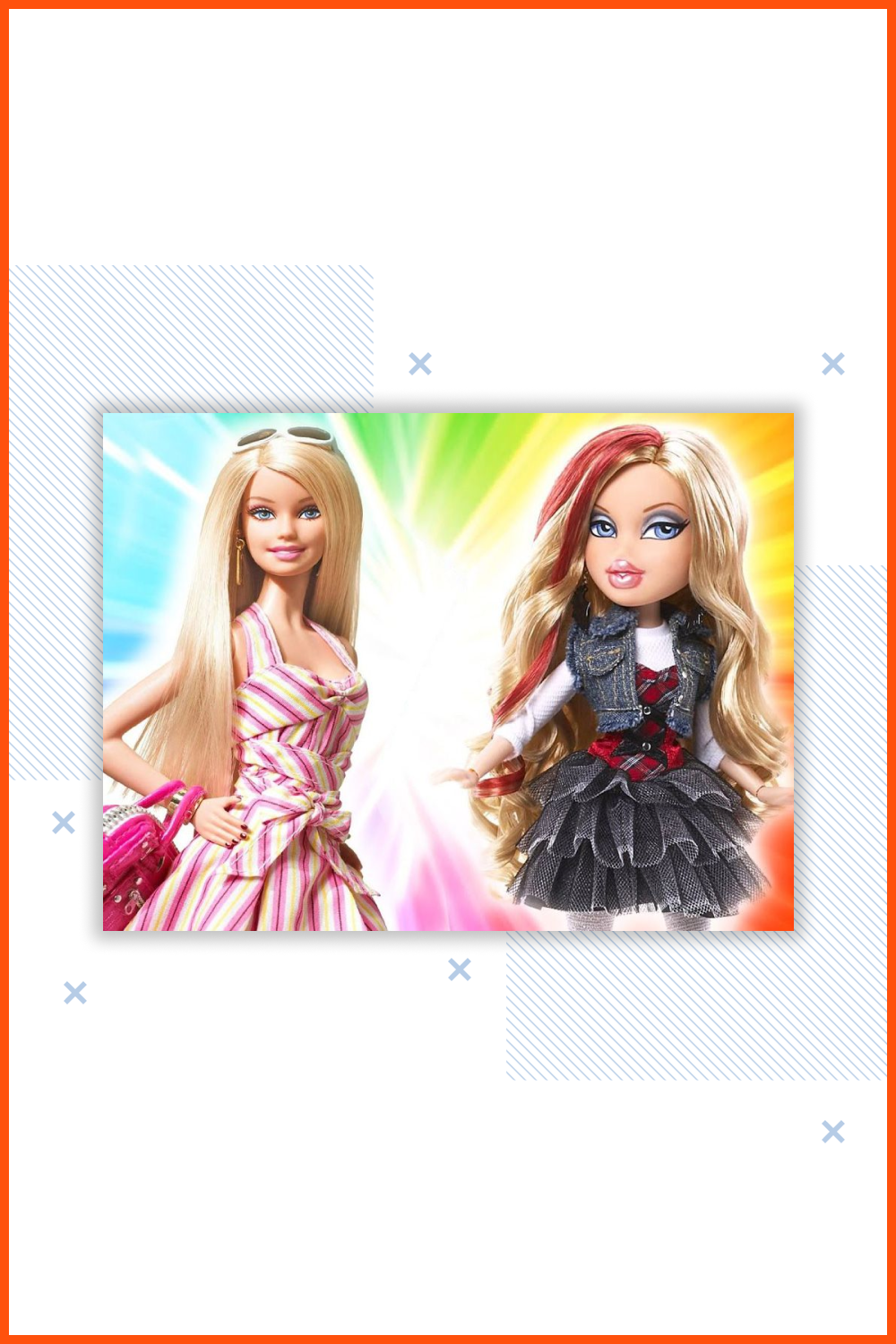
Three is the magic number
Three like… the number of stripes on Adidas shoes!
In 2008 Adidas was awarded over $300 million in their win over Payless. The budget-shoe retailer had thought it’s a good idea to ship a few pairs of Stan Smith, Gazelle, and such to China and have copies made with a twist. What twist? We bet someone in Payless’s exec room went: ‘Take away a stripe, add a stripe… who cares!’
The Chinese manufacturers did exactly that and the subsequent lawsuit was won by Adidas. After all, everyone knows that three is the magic number.
Read all about Adidas v. Payless here.

What’s that blotch on your face?
In The Hangover Part II, Stu wakes up with Mike Tyson’s face tattoo. This is a reference to the first film, which featured the heavyweight champion.
S. Victor Whitmill, Tyson’s tattoo artist, didn’t appreciate the nod to his work. He disliked it so much that he decided to sue Warner Brothers for copyright infringement. WB, of course, argued that the parody was to be intended under the rules of fair use. The outcome?
Although the movie release was not halted, the copyright lawsuit was allowed to proceed, as the judge agreed with Whitmill that the fair use claim was “silly”. Warner Bros and Whitmill finally reached an undisclosed agreement, like it often happens in situations like this. You can read the whole story here.
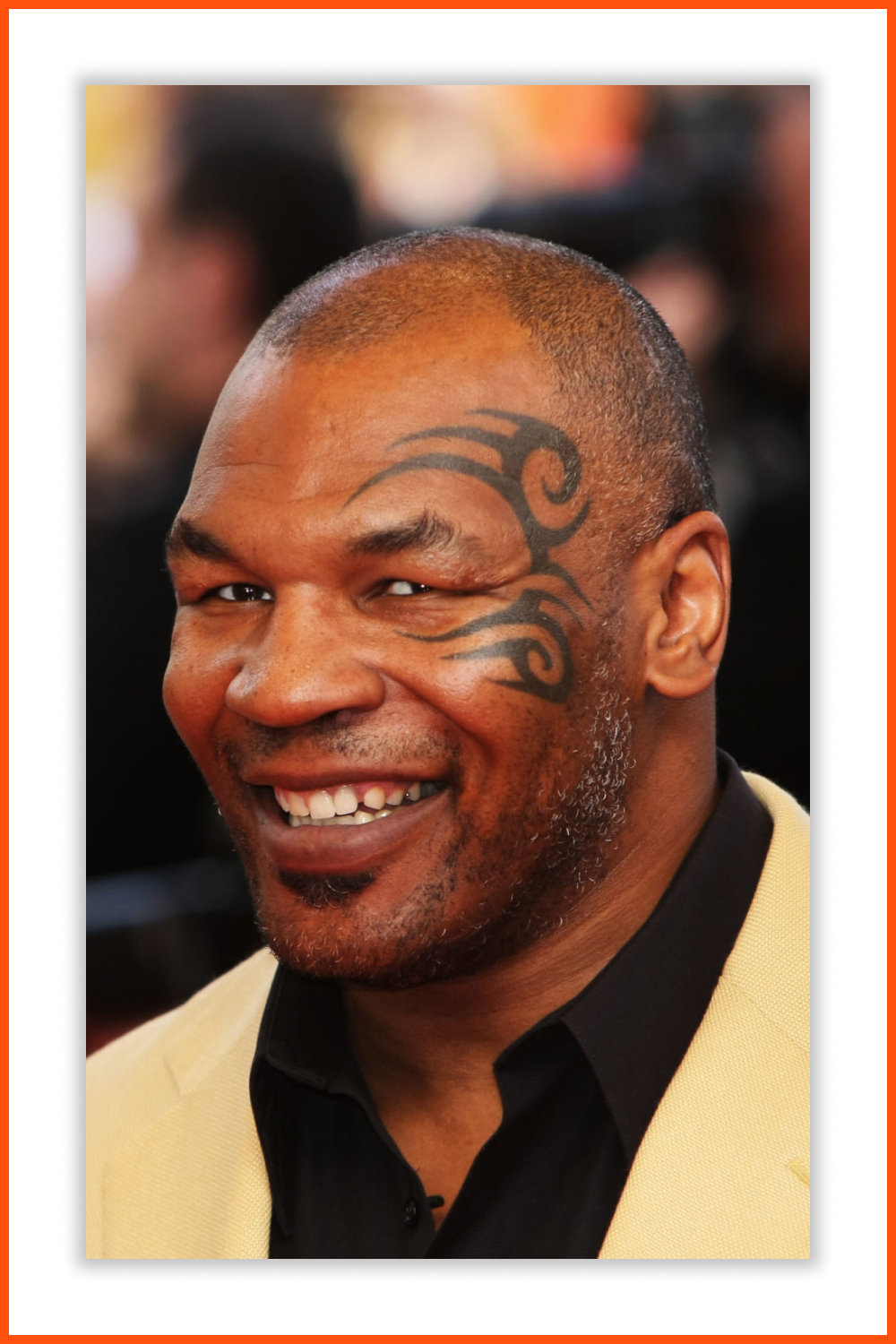
By the way, find out what intellectual property is and what are the ways to protect it.
That’s how it was done back in the days
Remember Picasso’s quote? Turns out stealing has always been a thing among artists. Albrecht Dürer was a 16th-century wood engraver. He found out that fellow artist Marcantonio Raimondi was making copies of his most famous wood cuttings. The copies were so good that Raimondi started forging Dürer’s signature and selling them as originals for a hefty profit. Dürer brought the issue to the court of Venice. The verdict? Raimondi was allowed to keep making copies, as long as he omitted Dürer’s signature, and Dürer saw no compensation. Luckily, artists are better protected today! Read the whole story here.
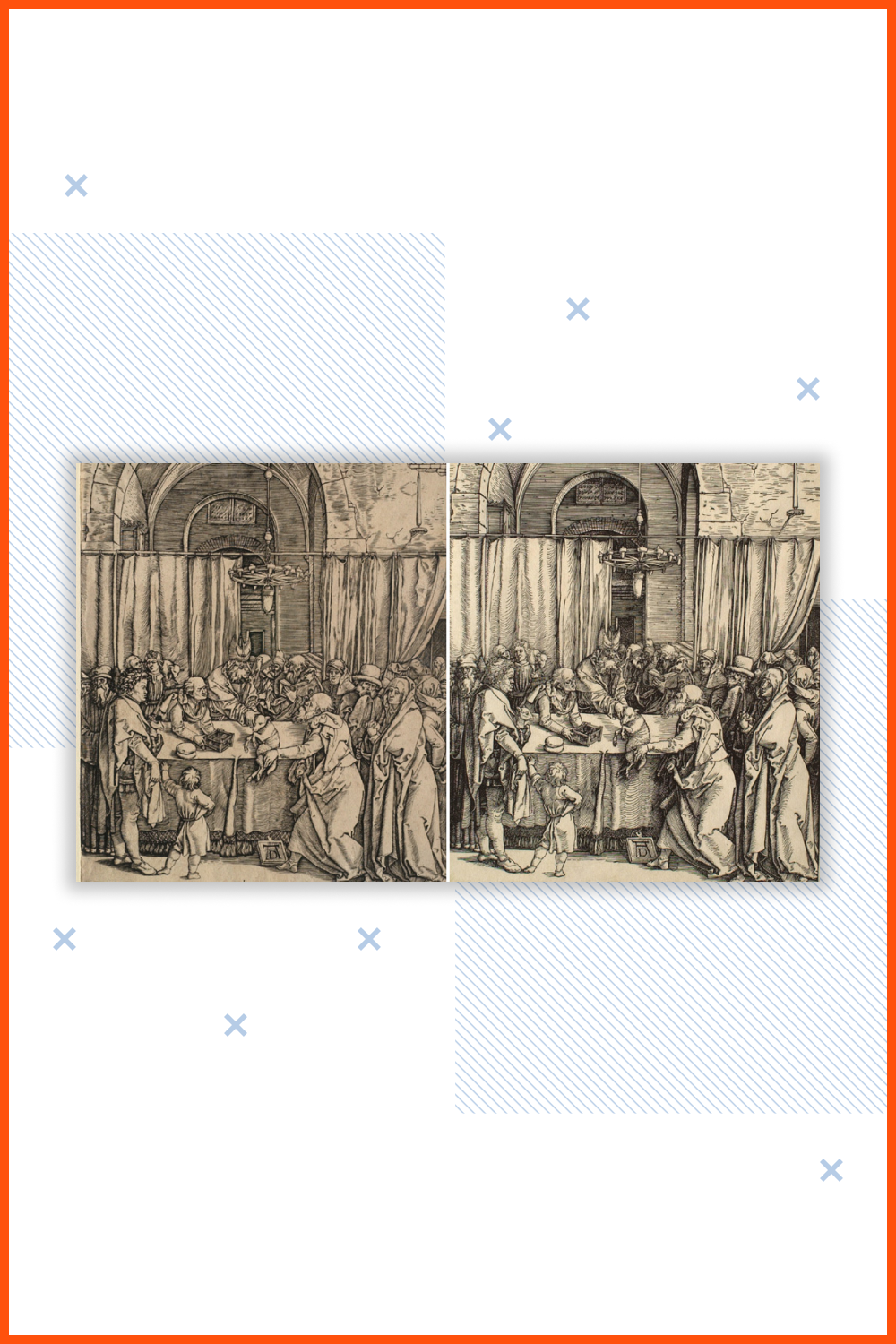
Tricky business in a galaxy far, far away
In 1985 Lucasfilm took two public interest groups (High Frontier and Committee for a Strong, Peaceful America) to court because they had used the phrase “star wars” to reference the Reagan administration’s plan to place anti-missile weapons in space. Lucasfilm had trademarked “star wars” and didn’t want the franchise to be associated with something controversial. The court ruled in favor of the public interest groups, and they were allowed to keep using “star wars” on TV and in print as long as they didn’t market a product. This is a classic example of when a piece of art leaves the hands of its creators and influences the world around it. You can read the original 1985 article on the LA Times here.

Good news for all those who spoil their pets
Who hasn’t enjoyed a few classic brands turned into a parody? Souvenir markets are upholstered with t-shirts of that kind for every taste and palate.
In 2007, Louis Vuitton didn’t like that Haute Diggity Dog (a fashion parody brand for pets) launched a Chewy Vuitton alongside its Chanel and Tiffany parody products.
The fashion giant sued Haute Diggity Dog for copyright infringement and… they lost. The judge deemed the parody to be sufficiently different from the original and allowed Chewy Vuitton to stay in production. After all, who would confuse their LV for a chew toy and feed it to their dog? Happy days for spoiled dogs! Read the summary of the litigation here.

Do not hesitate to check out our article and free checklist on how to protect your intellectual property and what to do if your piece of work was stolen!
Monkey business
In 2011 the macaque Naruto took a very famous selfie. David Slates, the owner of the camera, filed copyright infringement claims against those who had downloaded and used the picture. The claim was rejected on the grounds that, although he did own the camera, Slater had not taken the picture, and therefore did not own it.
In 2015 PETA filed a claim on behalf of Naruto seeking damages against David Slater and others, making the argument that the monkey knew exactly what it was doing, and hence had ownership of the picture.
To this day, Slater is still the owner of the picture, you can read all about it here.

The real question is: does Naruto care?
You are not the Boss of me
John Charles launched a series of successful online art classes in 2020, and soon after started marketing the slogan “Be Boss, Be Kind”. “Boss” in Scouse (Liverpool’s slang) means “great”, and that’s how Charles signs off in his videos. Fans of the course wanted him to start selling merchandise with the slang word on it, and he did. Guess who was not into it? Right! Hugo Boss sued Charles for copyright infringement. At least this story has a happy ending, with Boss and Charles reaching an out-of-court settlement. Charles is still marketing his “Boss” merchandise and all is good with the world. BBC article here.
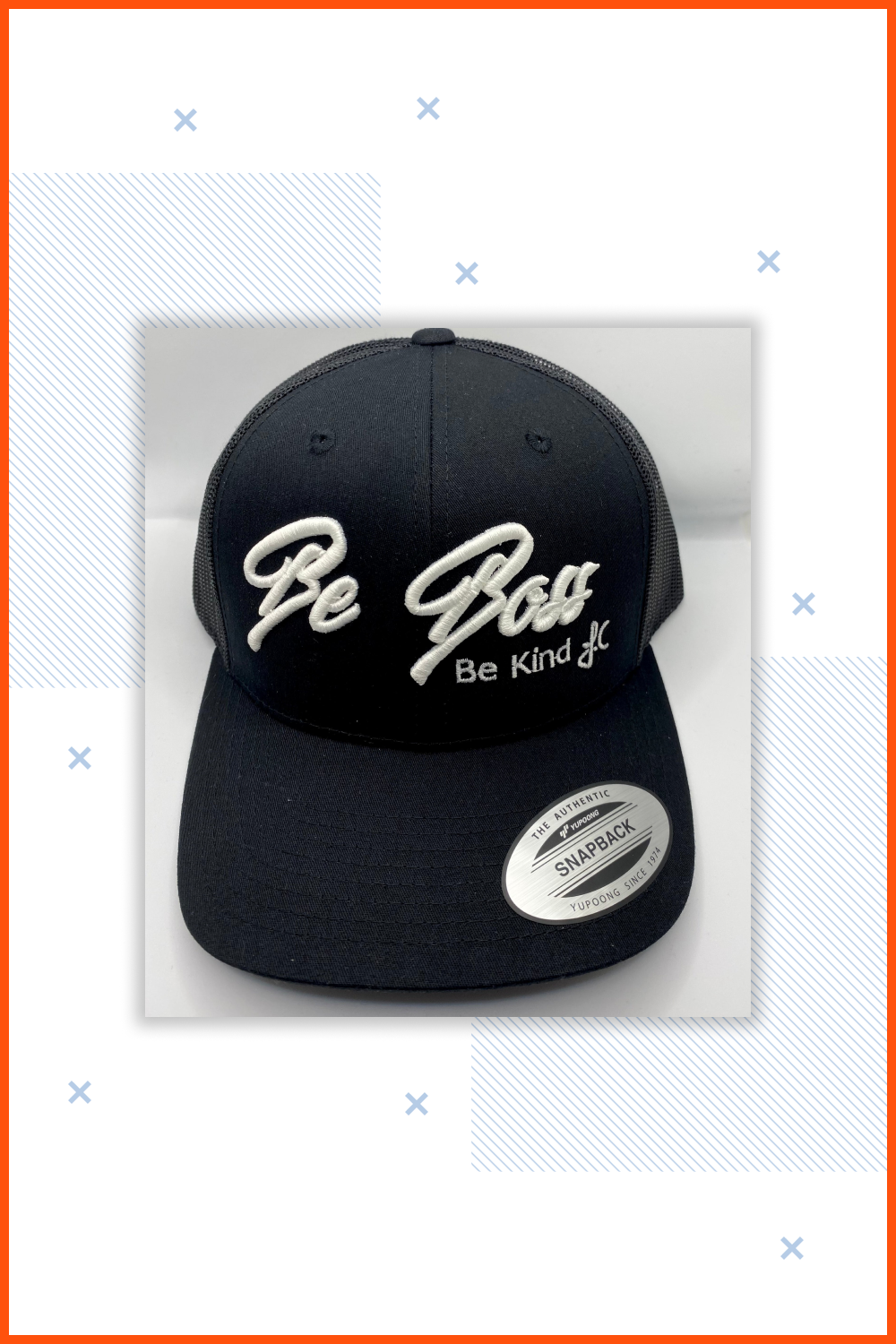
If you can’t trademark it, make it holy… or both
The Missionaries of Charity, the order formed by Mother Theresa, got tired of seeing their famous blue and white sari allegedly misused for commercial gain.
In 2016 the sari was successfully trademarked and the order’s lawyer has publicly warned everyone, including other religious orders and NGOs, from using Mother Theresa’s colors. Would the saint agree? We’ll never know, won’t we…
Read the full BBC breakdown here.

Infringement or fair use?
Richard Prince, the famous appropriation artist, took 41 images by Patrick Cariou and modified them for one of his exhibitions. Prince claimed it was fair use because he gave new meaning to the photos, Cariou didn’t quite agree and filed for copyright infringement. In 2011 the court ruled in favor of Cariou, but then the verdict was overturned in 2013. We think you should judge for yourself. One of the pictures is below, and you can read about the case here.
The bottom line
Intellectual property is a tricky thing, and it may lead to hefty fees if one is not careful. In other words, don’t follow Picasso’s advice to the letter!
The great news is that on MasterBundles.com you can find incredible designs and resources at a great price and completely royalty-free, no need to steal anything!
Usefull videos about intellectual property
Free Webinar: Design Protection Action Plan
You’re very welcome to join Arsen Buchkovskyi (Best Lawyer in Intellectual Property Law in 2020) with his live webinar! We’re going to talk about the Design (&other IP) Protection Action Plan. Our friendly speaker will share a bunch of insights on how to protect copyright.
Understanding Intellectual Property (IP)
In this FLC video, learn about Intellectual Property (IP) and how it refers to creations of the mind, such as inventions; literary and artistic works; designs; and symbols, names and images used in commerce.
How to Protect Your Idea (The 4 Different Types of Intellectual Property)
Have you ever wondered how to protect your idea? Do you need a patent, copyright, trademark, or something else? Watch for find out!
Please take a moment to pin this post to Pinterest
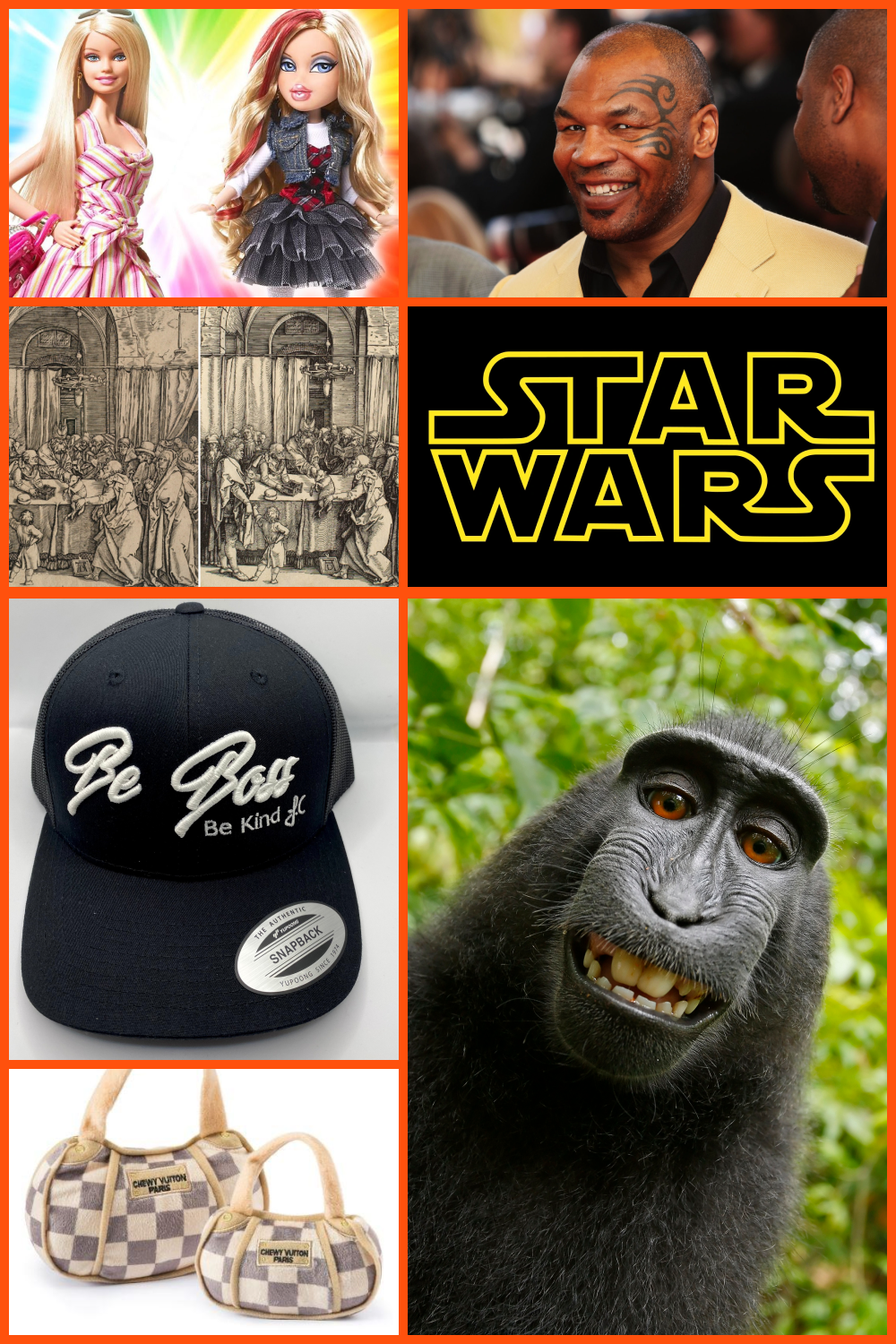
What are your concerns?
Thanks for your response!




